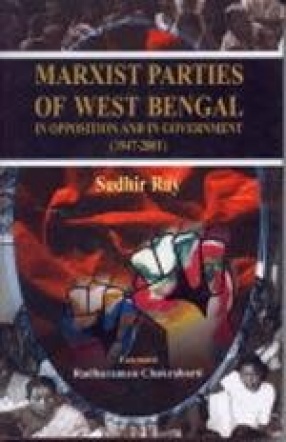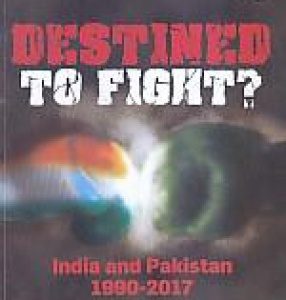The message of Bolshevik revolution reached Bengal in the twenties of the last century. During the next twenty years many Marxist parties and groups surfaced in Bengal some of which were Stalinists, and some ardently followed the doctrines of Trotsky. Though Communists and socialists worked together in the Congress, they fell apart during the Second World War. The Communists supported the war efforts of the govt. and did not participate in the August revolution. Meanwhile, they intensified their activities among workers, peasants, students and intellectuals. Other Marxist parties, for example, the R.S.P., F.B. and the socialists supported the Quit India movement. The Communists in the post war period were almost isolated from the national mainstream. But their courage, discipline and sacrifice were admired by the people at large. After 1947, they tried to follow the policy of urban insurrection, but people did not respond to their call. They started participating in elections, and at the same time carried on extra parliamentary movements. They, together with other Marxist parties, built up many movements against the government of the day, for example food movement, the teachers’ movement, anti-merger movement of Bengal and Bihar, movement against P.D. Act, movement against increased tram fare etc. The Congress Govt. always tried to suppress these movements with an iron first. In early seventies, West Bengal was turned into a river of blood. But in 1977, a coalition of left parties came to power and for thirty years this coalition government have been ruling West Bengal. The author’s active involvement in these movements, together with other documentary evidences, makes this work highly reliable.
Teaching Science in Elementary Schools
$27.00
$30.00





There are no reviews yet.